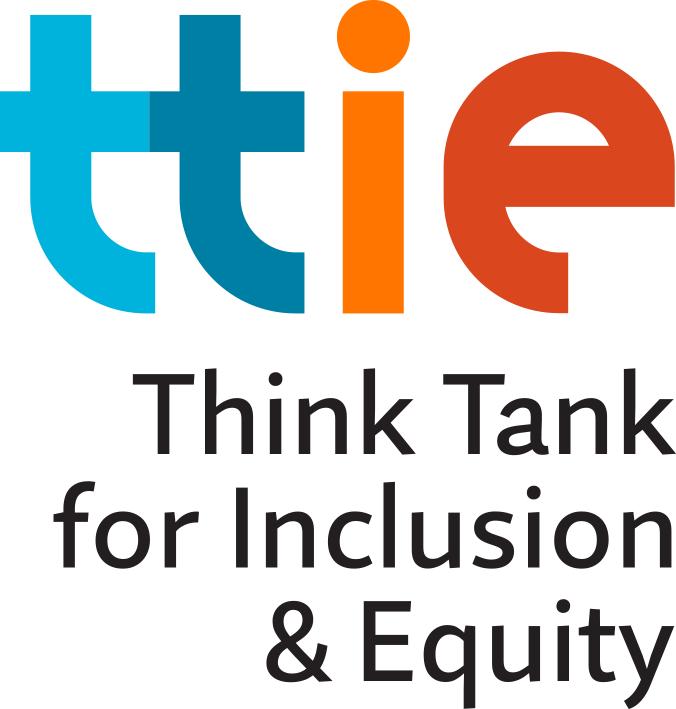MENA (Middle East)
The term MENA (for Middle East and North Africa) recognizes differences between two sweepingly large regions. “Middle East” is a colonial designation, comprising a region stunning in its magnitude for diversity of cultures, languages and religions, ethnicities, and races. There are many variations on what the region includes, but it most commonly encompasses the following countries: Afghanistan, Armenia, Bahrain, Iran, Iraq, Israel, Jordan, Kuwait, Lebanon, Oman, Palestine, Qatar, Saudi Arabia, Syria, Turkey, United Arab Emirates (UAE), and Yemen, along with North African countries of Algeria, Egypt, Libya Morocco, and Tunisia.
MENA ethnicities, languages, and religions: 50+ ethnic groups in the region, the largest being Arabs, Persians, and Turks. Others include Amazigh, Armenians, Druze, Greeks, Jews, Yazidis, etc. Within these ethnic groups, all races are represented. Arabic and Farsi are the most-spoken languages among 60+; there are multiple Arabic dialects, which vary country to country, city to city. The MENA region is also the birthplace of the three Abrahamic faiths (Islam, Christianity, and Judaism), and many other religions are also practiced.
